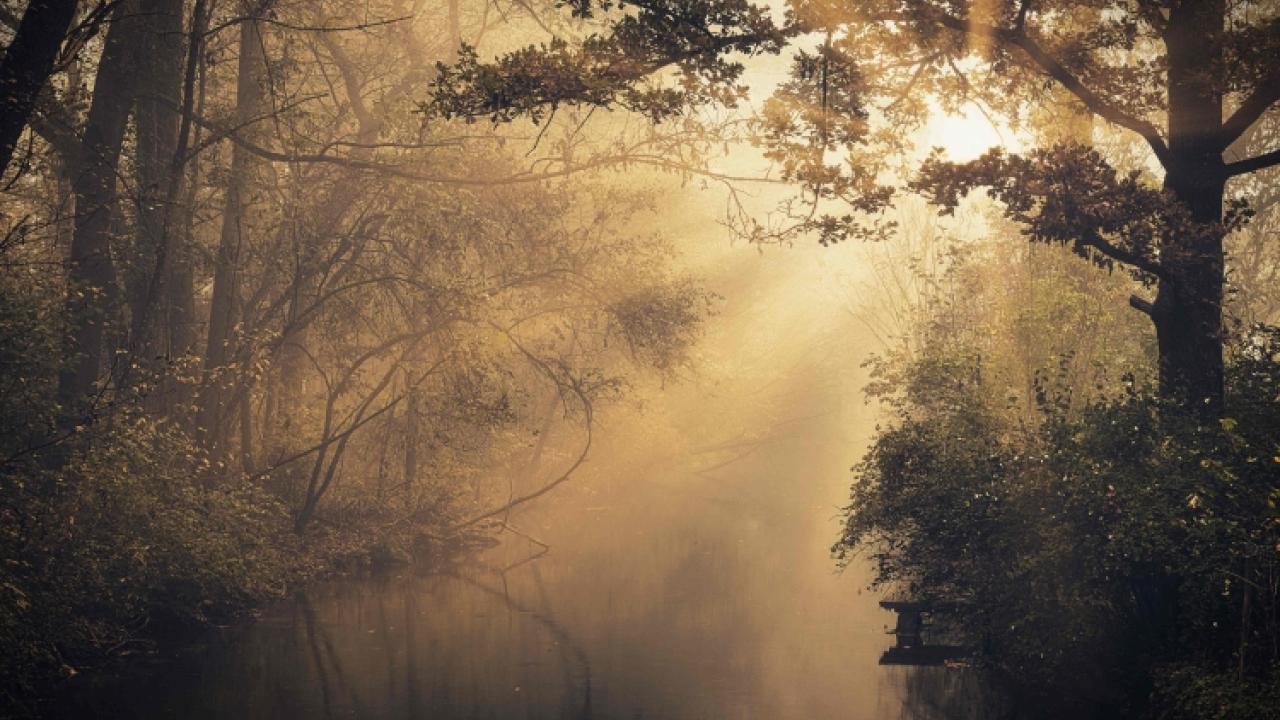“We pray for darkness so that we may see” is one of many provocative lines in Rod Jellema’s poetic litany “Praying for Darkness in a Year of Glare” (p. 16). I wonder about that line. Is it true? Would I ever dare pray for darkness so that I might see? It seems to me that we’ve been experiencing too much of this world’s darkness. We can’t escape it. It consumes news outlets and social media feeds. It fills our workplaces, our homes, our churches . . .
Lent is about darkness. In Advent we move toward the light. In Lent we journey toward the darkness. We don’t like being there in the dark. We certainly aren’t practiced at it, and our culture does everything it can to push back darkness with streetlights, neon signs, and multiple gods of distraction.
But maybe it’s precisely because we feel the uncomfortable, heavy blanket of darkness that we need to embrace it. It’s only when we spend time in the darkness and become accustomed to it that we start seeing the shadows moving and notice the small signs of light around us. It’s when we sit in the darkness that we are able to perceive the light. And when we leave the darkness, the light is that much brighter.
Rod Jellema, “Praying for Darkness in a Year of Glare”, RW 126 p. 16
A few years ago I completed one of Carol Roeda’s “Color Out the Darkness” coloring pages. These are coloring images printed on dark paper. What struck me through that experience was that the act of coloring created the space needed to reflect on the personal challenges I was facing, and the colors and light of the finished product were much brighter because of the dark context. You don’t get the vibrant color if you don’t first spend time dwelling with the dark.
In this issue we give you some resources to help you and your congregation dwell in the darkness. Consider using “Trumpets, Tears, and Ashes: A Series on Habakkuk” (p. 3) as the outline for your Lenten worship, including time for personal stories that, like Habakkuk, testify to the light in the darkness. Or reprint Jonathon Ytterock’s reflection “Checkmate: Through Death I’m Free” (p. 15) in your church’s newsletter to encourage reflection on a familiar hymn text. You may want to spend time in confession using the resources provided in “Divisions and Reconciliation” (p. 36).
Whatever you do, use this season to acknowledge the darkness, name it, wrestle with it, lament it. Then point to the light that is trying to break through, the promise that someday there will be no more dark. Finally, don’t forget to send your people forth with “A Fulfilled Priestly Benediction” (p. 32) to be a light in the darkness.
Jellema concludes his poetic litany with these lines:
By way of darkness,
seeing fresh, Lord,
we pray to live again
in the wonder of light.
Amen.
Amen; so let it be.

